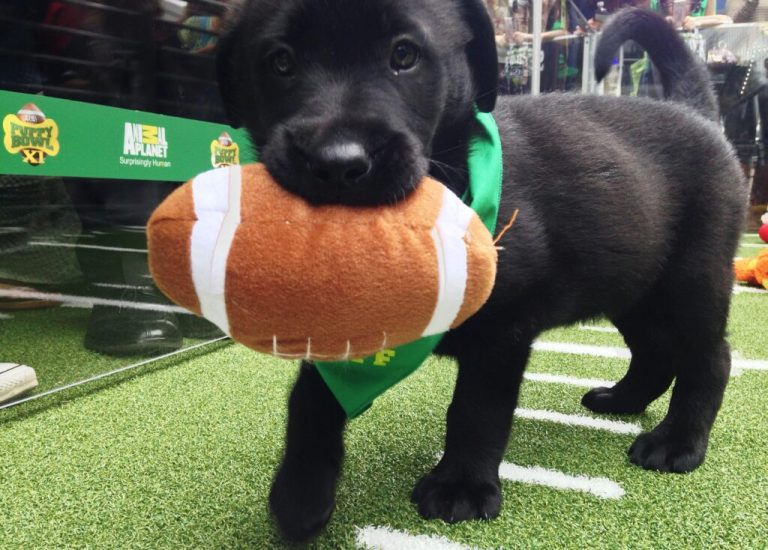A slight crinkle of the bag is all it takes for a dog’s ears to perk, tail to wag, and paws to come tippy-tapping down the hall to receive (or beg for) a treat. It’s a tale as old as time — and according to a study published Dec. 5 in Science Advances, that saying rings truer than we originally thought.
We know that dogs have been man’s best friend for ages. Case in point: You can find proud pups front and center in Renaissance artwork. But the new research shows that, in the Americas, our relationship with them goes back a whopping 12,000 years — 2,000 years earlier than was previously recorded — or toward the end of the Ice Age. Back then, humans were likely treating pooches to some of their salmon supply at a time when dogs were otherwise on their own for meals.

To figure this out, scientists analyzed two radiocarbon-dated archaeological remnants from Alaska: a 12,000-year-old canine tibia (aka a leg bone) discovered in 2018, and an 8,100-year-old jawbone uncovered in 2023. What the two fossils have in common? Both contain significant contributions from salmon proteins, indicating that the mammals consumed the fish often.
“This is the smoking gun because they’re not really going after salmon in the wild,” said University of Alaska Fairbanks archaeologist and study co-author Ben Potter.
The research notes that while some ancient dogs regularly hunted and feasted on salmon (i.e. ones that lived near bountiful rivers), it’s likely that others were fed “stored salmon” by humans. This suggests the latter pups had relationships with the people who were tossing them scraps. Specifically, the remains found at Hollembaek Hill, a site in the Tanana Valley where the jawbone was unearthed, were probably from “pet wolves and/or domesticated dogs.”

“People like me who are interested in the peopling of the Americas are very interested in knowing if those first Americans came with dogs,” said lead author François Lanoë, an assistant research professor at the University of Arizona. “Until you find those animals in archaeological sites, we can speculate about it, but it’s hard to prove one way or another. So, this is a significant contribution.”

Prior discoveries have revealed that canines became more than just treat recipients after the Ice Age — they were crucial to our success as a species back in the day, the study explains. They helped us hunt, transported our goods, guarded us, and served as pets for kids, making them highly respected companions for our ancestors. However, it remains unclear exactly how we collaborated with our four-legged companions 12,000 years ago.
This research also begs a more philosophical question: Do these Ice Age mammals count as dogs? DNA from the tibia bone doesn’t indicate a relation to modern-day dog breeds. “Behaviorally, they seem to be like dogs, as they ate salmon provided by people,” said Lanoë, “but genetically, they’re not related to anything we know.”
Regardless, Tanana Valley tribal communities today hold the dog-human bond in high esteem, and have long partnered with archaeologists to uncover its history. Evelynn Combs, a member of the Healy Lake Village Council in the region, grew up cavorting through her village with Rosebud, her Labrador retriever mix. And she’s not alone — almost every resident in her village has a close-knit canine comrade, which they regard as mystic companions.

“I really like the idea that, in the record, however long ago, it is a repeatable cultural experience that I have this relationship and this level of love with my dog,” Combs said. “I know that throughout history, these relationships have always been present. I really love that we can look at the record and see that thousands of years ago, we still had our companions.”
RELATED: Modern Dog Brains Have Unexpectedly Grown Larger Than Those of Ancient Breeds












